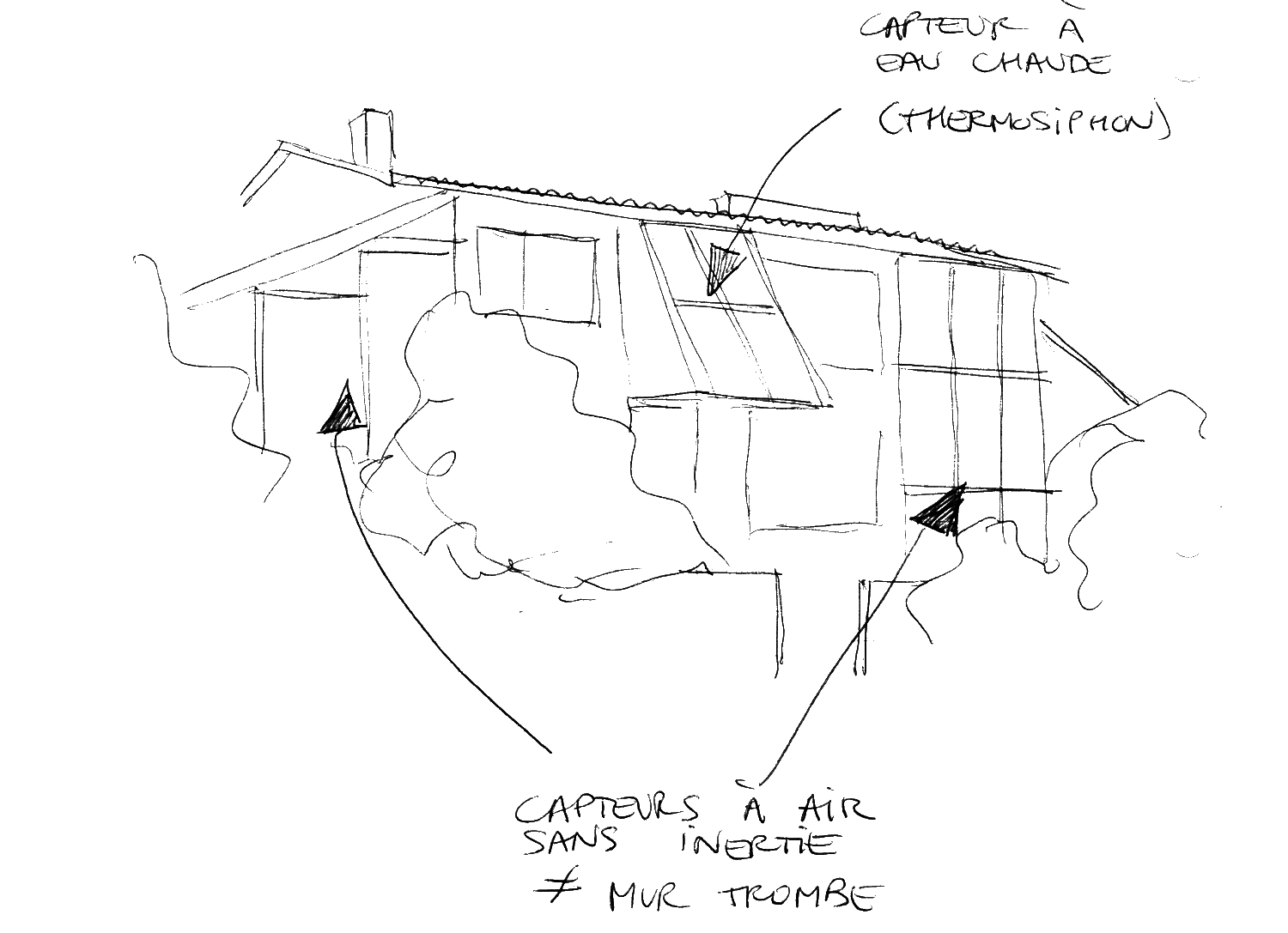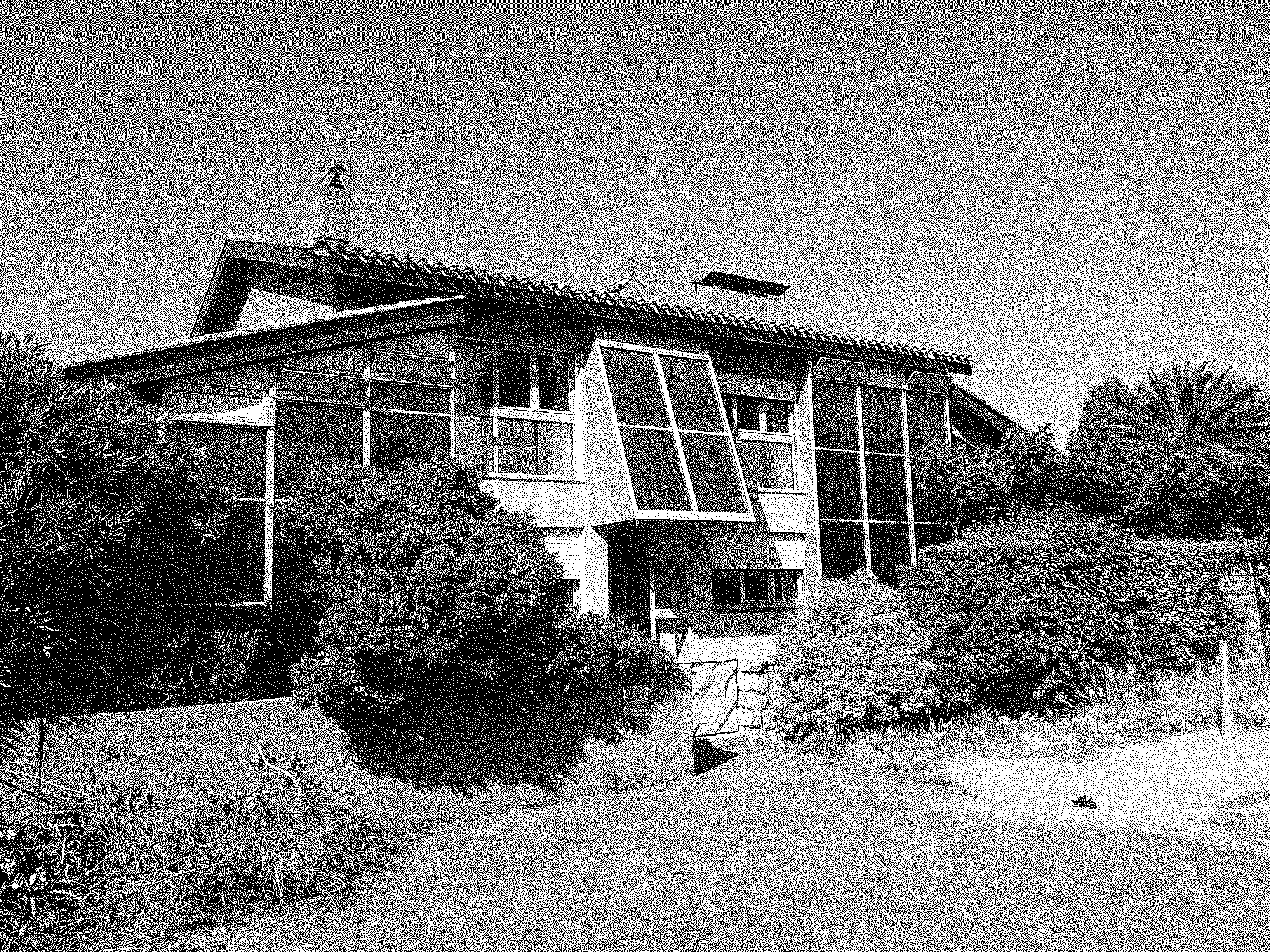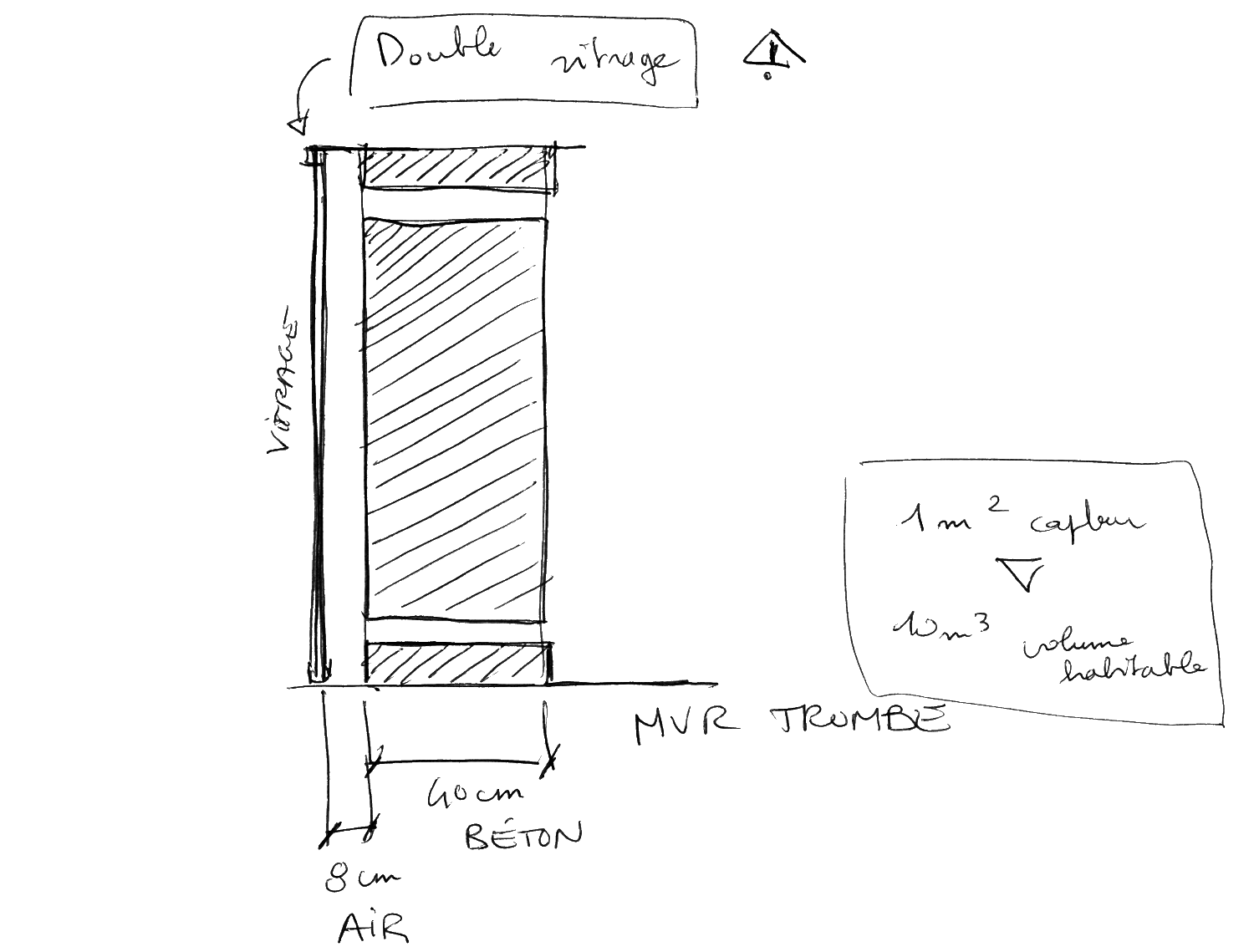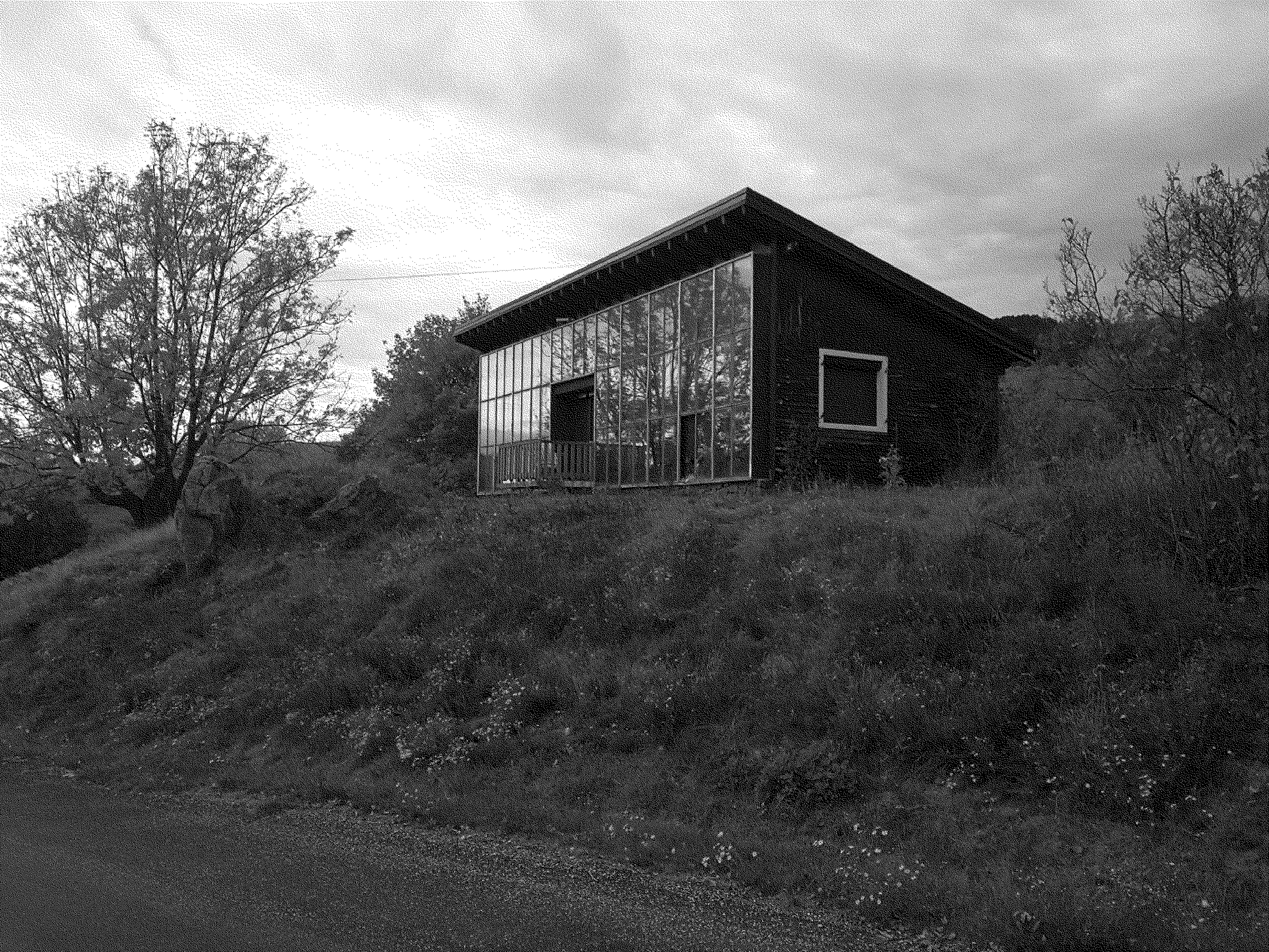

My PhD thesis is entitled Modulating the Climate. Genesis, development and meanings of bioclimatic design in architecture. It focuses on the history of bioclimatic design and more specifically on the integration of climatic data in the design process, in architecture and design. Bioclimatic design is a method of deducing technical and architectural choices from the observation of the local climate and microclimate of a site. The essence of my research is to trace the evolution of bioclimatic design from the work of climatology applied to architecture and urban planning in the late 1940s to projects developed in the wake of the energy crisis of the 1970s and 1980s.
My research focuses on the history of techniques and takes the form of a vast investigation into the birth and diffusion of bioclimatic design and passive solar techniques from the 1950s onwards. I have conducted numerous interviews throughout France and abroad with the actors of bioclimatic design and I have collected a large number of documents and archives on the subject. These interviews allowed me to consult the private archives of many architects and engineers, which I often digitized to facilitate their study. I was thus able to build up an important database on passive solar heating and cooling techniques developed until the mid-1980s.


Having collected a large number of documents, especially concerning the period of the 1970s and 1980s, I have been able to build up a rather rich panorama of alternative techniques used to capture, store and distribute energy from the climate (solar, wind...). Some of these techniques are unknown today or correspond to some rare applications.
I seek to establish a comprehensive inventory of these techniques in order to classify them according to their different modes of operation and their performance. The first objective is to establish a comprehensive inventory of passive solar techniques for heating, cooling and natural air conditioning. Communicating and sharing these techniques is a second objective. The Anthropocene is an opportunity to reactivate many of these techniques, in the perspective of a sustainable future.
You can follow my research on Instagram.
